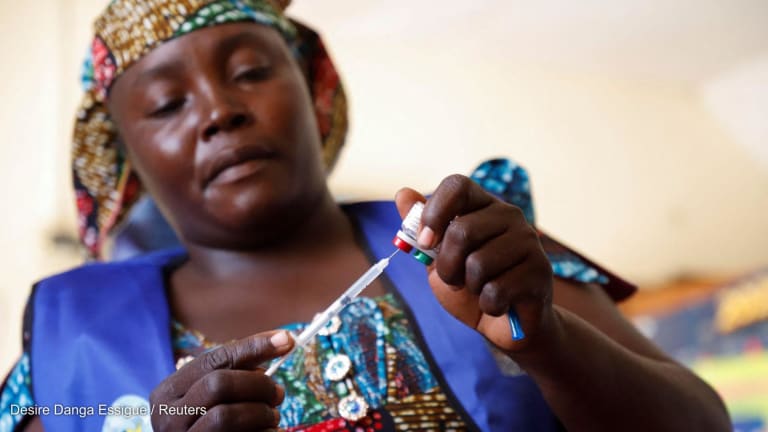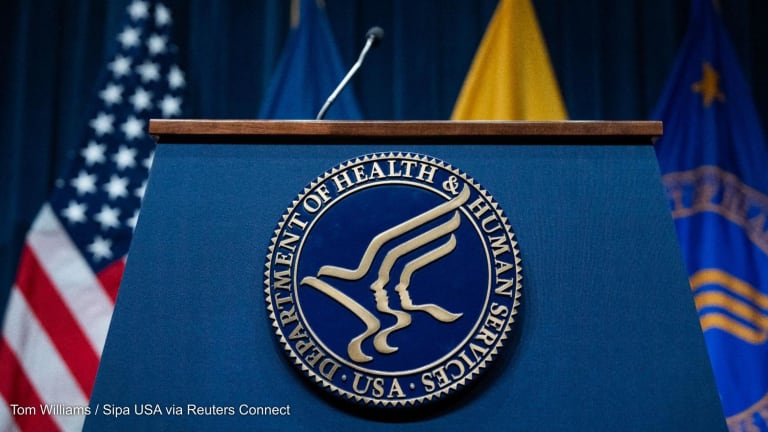Dr. Risintha Premaratne was watching the evening news when he learned the Sri Lankan Navy had rescued a group of Burmese asylum-seekers from a sinking ship headed for Indonesia and Australia. Acting quickly, he picked up the phone and started to make the calls needed to ensure that by the time these passengers reached Sri Lanka’s shores, staff from the Anti Malaria Campaign, which he directed, were at a nearby hospital to screen them for malaria.
Premaratne, who is the director of research at the Sri Lankan Ministry of Health and was the national coordinator for preparation for malaria-free certification, often references this story when he meets with representatives of other countries working toward the same goals. It shows how seriously his country treats the threat from the killer disease, he told Devex. By 2013, the year he made that phone call, Sri Lanka was down to zero cases of malaria, despite 25 years of civil war that coincided with its elimination effort.
So it was no wonder he wanted to act quickly to deal with any threat from a reintroduction of the disease. “Sri Lanka became a malaria-free country by eliminating the malaria parasites, not the vector,” Premaratne told Devex. “Increased travel to and from neighboring malarious countries resulting in cases of imported malaria, combined with the continued presence of malaria vector mosquitoes in formerly endemic areas in the country, make it both receptive and vulnerable for the reintroduction of malaria.”




